Emily Johnson
Sept. 16, 2024, 3:53 p.m.The 7-day tour from Cairo to Siwa and Alexandria was an unforgettable experience! The visit to El Alamein provided great historical insights, and the Siwa oasis was stunning. The adventure safari in the Great Sand Sea was thrilling, and camping under the stars was magical. Alexandria offered a perfect blend of culture and relaxation. Highly recommend!
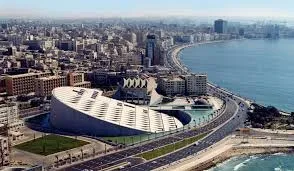


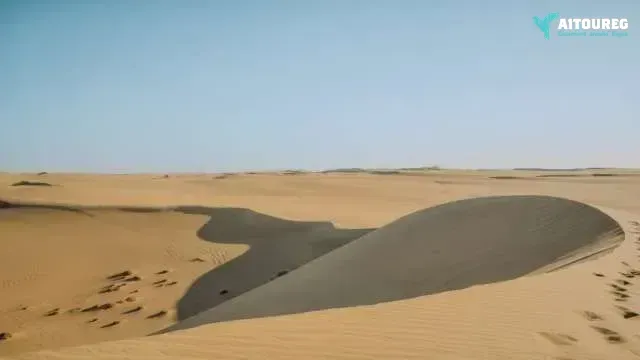

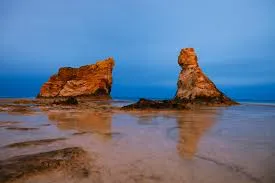


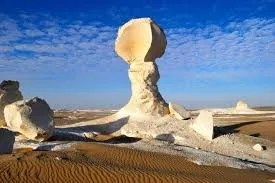
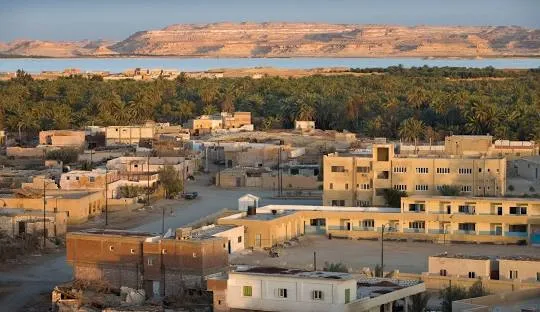
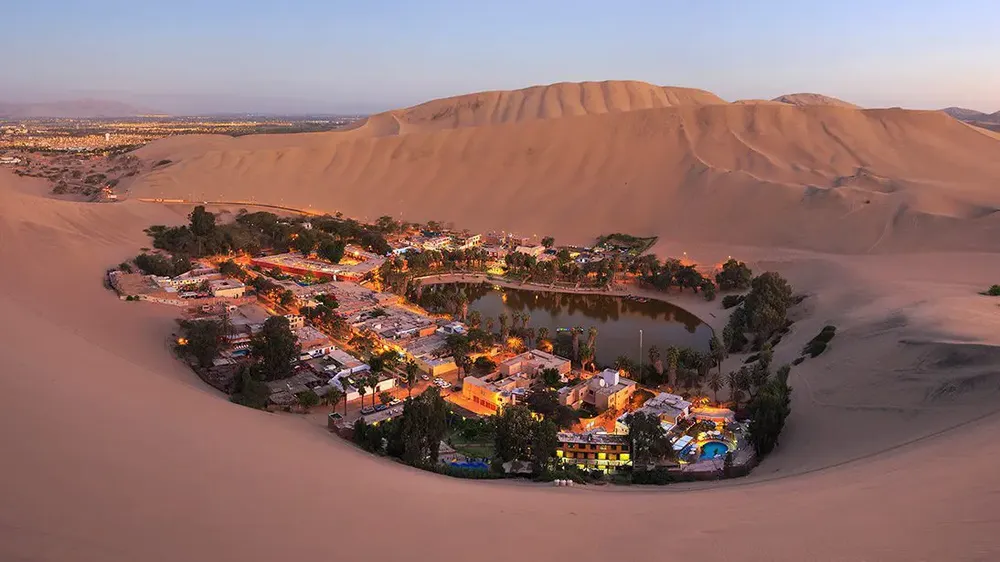
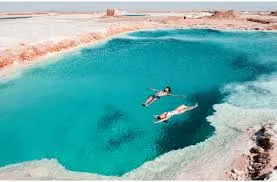

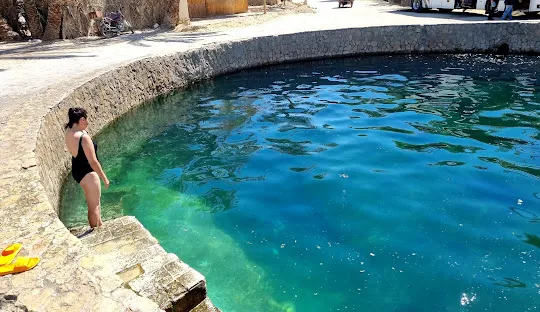

1) Day 1- Arrival in Cairo
Marsa Alam tours representative will meet & assist you at Cairo International Airport, Transfer to hotel by private air-conditioned vehicle, Overnight in the Hotel
2) Day 2-Cairo El Alemin-Siwa
Early morning start at 05:00 am drive to Alamein. visit Alamein. Pick-up time from your hotel in Cairo or Giza at 05:00 am. we do recommend ordering a breakfast box from your hotel because of the early departure, and drive to El Alamein , driving distance: 259 km. It takes 3 hours driving, on the way we stop for a coffee break. Arrival at El Alamein at 08:30 El Alamein Controlled the north African coast which opens the way to the whole of Egypt and the trade routes to the Far East via the red sea and the Indian Ocean. During the second world war, the Axis powers wanted to dominate Egypt in order to close Britain`s sea routes to its colonial empire, which the British desperate to protect. starting in 1940 with the Italian invasion to Egypt via Libya, The coastal town of Al Diffa was the scene of the ongoing battle. El Alamein Museum The small El Alamein museum m, about 1 mile west of the British memorial, is located on the north side of the road, for anyone interested in the war Memorabilia. it is worth a stop. Created in 1965 from debris found on the battlefield, It contains uniforms, Weapons, Flags and other war Paraphernalia. Displays include Photographs and the battle sites El Alamein War Cemetery It was designed by Sir Herbert Worthington and is maintained by the British war graves commission in Cairo, Here 7,367 men from Britain, Newzealand, Australia, South Africa, Greece, France, India and Malaysia are buried in individual graves, while 11,945 men, whose bodies were never found, are honoured in the cloister that precedes the graveyard Beyond the cloister is the Individual graves, each, topped with white Marker, Approximately 815 soldiers were identified and their names are inscribed over the graves The German war Memorial Thee kilometres, west of the Italian marker, the German war memorial is a single octagonal building erected in 1959, overlooks the sea, Patterned after the castle del Monte. the memorial contains the bodies of 4280 German soldiers, at the Entrance, it stands an impressive golden mosaic, to the right of the entrance is a small chapel where families and friends honour the dead with wreaths, Photographs and memorial ribbons. The Italian Memorial The Elegant white marble Italian Memorial, the largest structure at El Alamein .stands 5 kilometres beyond the German Memorial, it was designed by Paolo Caccia dominoni who served at El-Alamein and also wrote a book about it In the Entrance, there is a small museum and in the chapel is inscribed ( To 4800 Italian soldiers, sailors and airmen, the desert and the sea did not give back 38,000 who are missing) The main memorial overlooks the sea at the top Light lunch will be served on the way. Enjoy the sunset at Fatnas Lake Fatnas is a Small island in Birket Siwa, you can reach it by walk or by bike, It is a wonderful place to sit and enjoy the sunset, You will get a spectacular view of the lake with Gebel Bayda and Hamra forming the backdrop to the west, A walk in the Garden show a variety of trees including Banana, dates and olive. sunset-Siwa Dinner in Siwa overnight in Ghaliet ecolodge
3) Day 3- Siwa and Camping in the desert
Breakfast at the hotel. Pick up at 07:00 am from the hotel. You will visit today's Siwa attractions, we will start with Alexander the Great Temple is also known as the Temple of the Oracle. It is believed that Alexander the Great wished to consult the Siwan oracle to seek confirmation that he was the son of Zeus. The Greek god of gods, when he and his entourage arrived at Siwa oasis after a long trip through the desert. Then drive to the salty lake. The salty water takes you above, You don't need to be a good swimmer. Take care when you swim and don't let the water reach your eyes. as it is really painful. Choose the crystal lake and they are many of them. But keep looking for the purest one, when you see the bottom. Take a bottle of Mineral water to shower with after swimming in the lake, The salt lakes have similar hyper-salinity properties to those of Jordan’s Dead Sea. This also means that the lakes hold great healing properties, much stronger than regular seawater. In all cases, they make for a wonderful swim! at 11:00 Then proceed to (Cleopatra's bath )The spring of the sun. It has been mentioned by travelers to Siwa, The legend maintains that Cleopatra swam here, Then Proceed to the temple of Umm Ubaydah or Amun temple, Just 200 m further from the Temple of the Oracle, the temple was erected by the pharaoh Nectanebo of the 30th Dynasty, This structure is almost completely destroyed, owing to its dynamiting in 1896 by an Ottoman governor eager to acquire building material. An inscribed wall represents all that remains to be seen. Based on earlier drawings by pioneer explorers, however, scholars have deduced that the temple was erected by the pharaoh Nectanebo of the 30th Dynasty. 12:00( Taste the Siwan lunch ) in a Siwan restaurant at Abdo restaurant.
after a long trip through the desert. Then drive to the salty lake. The salty water takes you above, You don't need to be a good swimmer. Take care when you swim and don't let the water reach your eyes. as it is really painful. Choose the crystal lake and they are many of them. But keep looking for the purest one, when you see the bottom. Take a bottle of Mineral water to shower with after swimming in the lake, The salt lakes have similar hyper-salinity properties to those of Jordan’s Dead Sea. This also means that the lakes hold great healing properties, much stronger than regular seawater. In all cases, they make for a wonderful swim! at 11:00 Then proceed to (Cleopatra's bath )The spring of the sun. It has been mentioned by travelers to Siwa, The legend maintains that Cleopatra swam here, Then Proceed to the temple of Umm Ubaydah or Amun temple, Just 200 m further from the Temple of the Oracle, the temple was erected by the pharaoh Nectanebo of the 30th Dynasty, This structure is almost completely destroyed, owing to its dynamiting in 1896 by an Ottoman governor eager to acquire building material. An inscribed wall represents all that remains to be seen. Based on earlier drawings by pioneer explorers, however, scholars have deduced that the temple was erected by the pharaoh Nectanebo of the 30th Dynasty. 12:00( Taste the Siwan lunch ) in a Siwan restaurant at Abdo restaurant.
Then you will adventure the desert by discovering the Great Sand Sea. by Jeep 4x4, Visit the hot and Cold spring Bir Waheed Later, we enjoy some traditional Bedouin Tea by sunset& Overnight in desert Camp and Enjoy Bbq Dinner. If you need to Sleep in a Hotel instead of the camp, This is also available. we have nice Ecolodges in Siwa
4) Day 4-Siwa-Marsa Matrouh
Siwa, Marsa Matrouh Breakfast at the Camp at 07:00 then drive back to Siwa oasis , Visit Shali Fort which is Built on a hill inside a Protective wall originally breached by a single gate, the maze of mud-brick buildings that Comprises the Fortress served the people of the oasis for nearly 8 centuries. The inhabitants had to live in the narrow quarters, sharing their animals, which were herded into the fortress each evening. The huge chunks of salt so prevalent in Siwa oasis
, Visit Shali Fort which is Built on a hill inside a Protective wall originally breached by a single gate, the maze of mud-brick buildings that Comprises the Fortress served the people of the oasis for nearly 8 centuries. The inhabitants had to live in the narrow quarters, sharing their animals, which were herded into the fortress each evening. The huge chunks of salt so prevalent in Siwa oasis  Siwa-oasis Egypt 360 were used in the constructions of the fortress, as they helped to strengthen the wall, Rain has unfortunately proved to be more destructive to the fortress than any human invaders Siwa shali fortress
Siwa-oasis Egypt 360 were used in the constructions of the fortress, as they helped to strengthen the wall, Rain has unfortunately proved to be more destructive to the fortress than any human invaders Siwa shali fortress
Then proceed to the Mountain of the Dead is a conical mountain a little over a kilometer to the north of Shali. Tombs from the twenty-sixth Dynasty, Ptolemaic, and the Roman periods are cut into the side of the mountain, There are four tombs worth seeing at Gebel Al – Mawta. Then drive Marsa Matrouh, Discover Marsa Matrouh, Egypt’s Mediterranean shore. With sandy white beaches and crystal clear waters, many believe that Cleopatra herself bathed in the tranquil waters of Marsa Matrouh.Overnight in Marsa Matrouh
5) Day-5 Discover Alexandria
Drive to Alexandria from Marsa Matrouh at 09:00 arrive at 12:30 to your hotel in central Alexandria facing the Cornicheand have a look at Alexandria attractions
Afterwards see some of the Graeco-Roman sites in Alexandria including 1- The Catacombs Kom el Shoqafa : The Catacombs Kom el Shoqafa are hewn from the rock on the southern slopes of a hill, in the Carmous district. Thought to date from the 2nd century AD, they offer an admirable example of the characteristic Alexandria n fusion of Egyptian and Greco-Roman styles. Discovered in 1900 (thanks to a donkey falling into them) 2- Pompey pillar : A massive 30m column looms over the debris of the glorious ancient settlement of Rhakotis, the original township from which Alexandria grew. Known as Pompey’s Pillar, for centuries the column, hewn from red Aswan granite, has been one of the city’s prime sights: a single, tapered shaft, 2.7m at its base and capped by a fine Corinthian capital. The column rises out of the sparse ruins of the Temple of Serapeum , a magnificent structure that stood here in ancient times. 3- The Roman Amphitheatre Kom el Dikka : Kom Al Dikka was a well-off residential area in Graeco-Roman times, with lovely villas, bathhouses and a theatre. The area was known at the time as the Park of Pan, a pleasure garden where citizens of Alexandria could indulge in various lazy pursuits. Although the ruins aren't terribly impressive in scale, they remain a superbly preserved ode to the days of the centurion and include the 13 white-marble terraces of the only Roman amphitheatre found in Egypt. 4- Lunch in one of Alexandria Egyptian restaurant /Fish Market or Tikka with Great view to the Citadel and the Fishing Port. 5- El Montazah Palace : El Montazah Palace which Built-in 1892 by Khedive Abbas II, the last Muhammad Ali Dynasty ruler, the palace is a symbol of royalty and lavishness. Its main goal was to hold the Khedive title over the Khedive of Egypt and Sudan and was also used as a hunting lodge and residence for his companion. Thereby, the sheer luxury in the palace is clearly present. The eccentrically designed Montazah Palace, with its ornate Florentine-inspired towers and Rococo flourishes, is not open to the public, but everyone is welcome to stroll within the sprawling gardens, which can be a welcome slice of nature after a day spent within Alexandria 's hustle. On the coastal end of the park is a small beach with a peculiarly whimsical bridge to a small island. For the evening enjoy some of the city's wonderful Cafe and restaurants. we do recommend to stop at Stanley Bridge, This bridge offers great panoramic views of the Mediterranean, Overnight in Alexandria
6) Day-6-Alexandria-Cairo
After breakfast visit one of the most important archaeological sites in the city 1- Bibliotheca Alexandrina: A re-imagining of Alexandria 's ancient Great Library, this gorgeously designed cultural centre contains a host of museums, as well as one of the modern world's most ambitious libraries. Its architecture — a giant sun disk — presides over the waterfront Corniche, while inside, a huge reading room can hold eight million volumes. Built-in 2002 as a memorial to one of the largest and most important libraries in antiquity, the Royal Library of Alexandria . The old library was burnt down and with the fire, many of its books were destroyed. The modern library may not be as important and rich as the previous one, yet it’s still a large library and a major cultural centre including three museums, four art galleries, a planetary and a laboratory where they rescue and fix old manuscripts. They also have a good section of children’s books which can be fun to explore if you’re on holiday with your kids. the dazzling building, opened in 2002 by UNESCO This massive construction houses three museums ( Antiquities museum, Sadat museum, Manuscript museum). In the afternoon visit 2- The Fort Qaitbey : Fort Qaitbey was built by Mamluke Sultan Qaitbey in an effort to fortify this important Egyptian port from attack. Historically one of the most important defensive strongholds in Egypt and along the Mediterranean Sea coast, the Fort of Qaitbey was an essential chess piece in the security of Alexandria . The fort sits at the entrance of the harbour on the Pharos Island, where it replaced the famous Lighthouse of Alexandria , which was one of the Seven Wonders of the Ancient World. Despite being finally annihilated in a devastating earthquake, remnants of the red brick used in the construction of the lighthouse still remain–a nostalgic reminder of how magnificent it would have looked in its prime time. Nonetheless, the fort is still a sight to feast your eyes on. We recommend strolling to Fort Qaitbey along the Corniche, giving you unforgettable views of the Mediterranean sea. 3- Abu Abbas al-Mursi Mosque:
One of Alexandria 's major landmarks, the Abu Abbas al-Mursi Mosque was built in 1796 over the tomb of the 13th-century Sufi holy man Abu Abbas al-Mursi. Originally from Murcia (in Spain's Andalusia region), Abu Abbas became a highly esteemed religious leader in Alexandria , and his teachings are still revered in Egypt. It was redesigned and built by Eugenio Valzania and Mario Rossi between 1929 and 1945. The temple is certainly one of the most beautiful mosques in Egypt as well as one of the most spiritually significant places to go to while visiting Alexandria . Its traditional architecture is stunning and it is located right next to the Citadel of Qaitba 4- lunch in Egyptian Restaurant/ Hosny restaurant Leaving Alexandria Drive back to Cairo
7) Day 7- International departure
The tour ends after breakfast at our hotel in Cairo , with transfers included to take you to the airport for your flight home. If you wish to extend your stay in Cairo , please contact us.